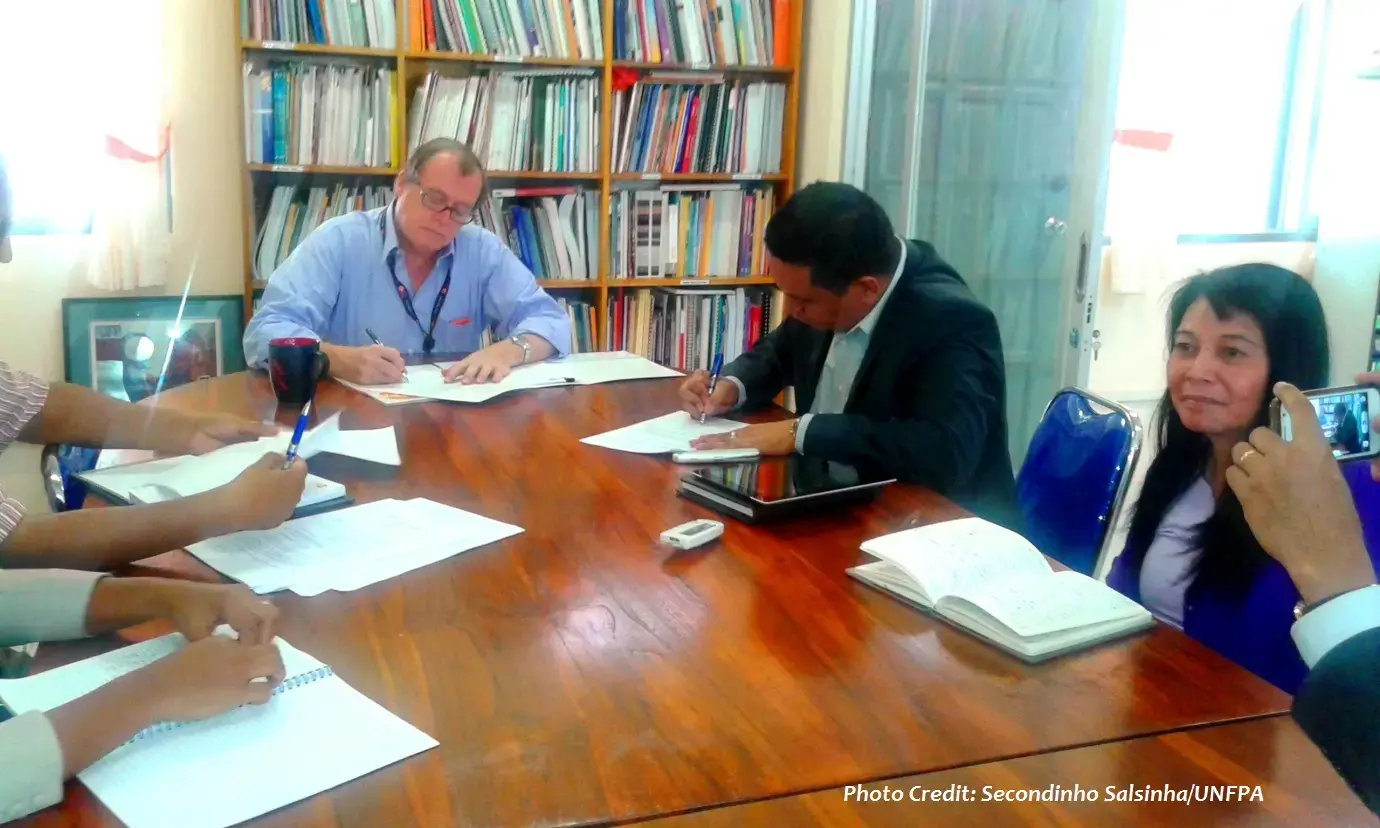While we acknowledge the significant efforts that have led to the decrease of maternal
mortality in Timor-Leste between 1990 and 2015 according to the evaluation of the
Millennium Development Goal on improving maternal health, we all know that the task is
far from being finished, and more efforts are needed in the next fifteen years to further
decrease it along with our commitment to the Sustainable Development Goals.
In the Year 2015, Ministry of Health undertook an Emergency Obstetrics and Newborn
Care (EmONC) Needs Assessment Covering all Community Health Centres, five Referral
Hospitals, National Hospital (HNGV) and two private facilities.
Subsequently, the EmONC Improvement Plan of Action for the period of 2016-2019 was
developed in order to address the gaps and deficiencies identified in the EmONC Needs
assessment. This Plan of Action is in line with the Health Sector Development plan and
once implemented will further accelerate the reduction of maternal and newborn mortality
and morbidity in Timor-Leste.
This report present the cost of the implementation of the EmONC Improvement Plan of
Action by different components on an annual basis; Cost of new infrastructure additions,
Costs involved in upgrading of existing health facilities, Cost of remunerating newly
assigned health staff, Cost of purchasing and distribution (logistics) of drugs and supplies
required by the additional patients (pregnant mothers and newborns) presenting to
BEmONC and CEmONC facilities resulting from improvement plans of actions and the
cost of the program management.
We are very thankful to UNFPA and WHO for the excellent technical support provided in
development of this document.
I like to urge all relevant health staff and stakeholders including Development partners
to study this report and to contribute to the successful implementation of the EmONC
Improvement Plan of Action from the first to the fourth year.




